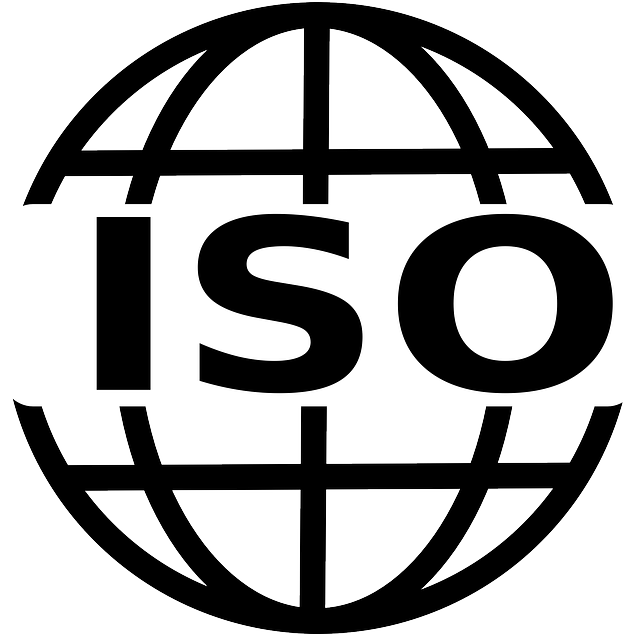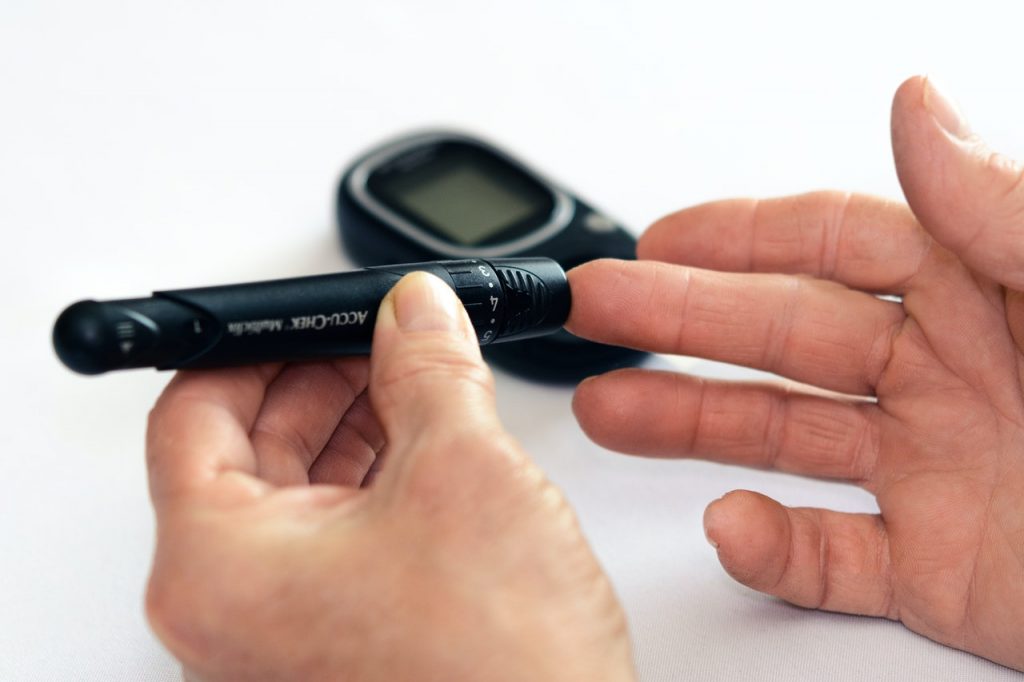Medical Device QMS
Medical Device QMS Certification
Perhaps more than any other type of manufactured product, the quality of medical devices has a direct impact on their effectiveness as well as the safety of patients, users, and, where appropriate, other persons. For these reasons, most national regulatory schemes require manufacturers and suppliers of medical devices to establish an internal quality management system that has been independently audited and verified. A medical device quality management system (QMS) covers all aspects of your medical device’s life cycle. The purpose of QMS is to improve the quality of the medical device and related services, constantly meet customer and regulatory requirements.

What is ISO 13485?
ISO 13485, Medical devices – Quality management systems – Requirements for regulatory purposes, addresses the development, implementation, and maintenance of a quality management system intended for use by medical device manufacturers and suppliers. Originally developed in the 1990s, the standard details requirements for a quality management system that meets both customer requirements and regulations in the European Union (EU), Canada, and other major jurisdictions around the world. ISO 13485 is similar in scope and intent to ISO 9001, but it includes additional requirements specific to medical devices while excluding certain ISO 9001 provisions. Therefore, in most jurisdictions, ISO 9001 certification is not an acceptable substitute for certification to the requirements of ISO 13485.
The importance of ISO 13485
ISO 13485 is important to designers, manufacturers, and distributors of medical devices. In addition, suppliers and service providers can enhance an organization’s marketability as more and more manufacturers require certification in order to do business with a vendor. When it comes to medical device manufacturing, patient safety greatly depends on the quality and consistency of medical products and ensuring the effectiveness, control, and maintenance of your QMS is critical to customers, stakeholders, patients and users, and regulatory agencies. The value of ISO 13485 is not just in the implementation, but also in providing a tool for a thorough audit to test the effectiveness of the system. It provides the manufacturer with a higher level of confidence in the ability to consistently achieve and maintain compliance with regulatory requirements. It can also help to minimize surprises and failures which might adversely affect patient safety and damage a manufacturer’s reputation.

What Is a Medical Quality Management System (QMS)?
A medical device quality management system is defined as a structured system that documents the procedures and processes implemented throughout the lifecycle of a medical device. It is, therefore, a regulated system of strategies and procedures for the design, manufacture, supplier management, complaints, storage and distribution, clinical data, labeling, etc., of your medical device.
As a manufacturer of medical devices planning to sell your products in the international market, you are required to implement and maintain a quality management system compliant with international and national guidelines and regulations. This is referred to as a medical device quality management system.
When Is a Quality Management System (QMS) Required for Medical Devices?

Manufacturers are responsible and liable for defective devices and must allow access to information for parties to claim compensation.
You may find it difficult to decide when you should start a quality management system for your medical device company. Also, the total time necessary to fully institute a QMS can range anywhere between 3 to 9 months. It is also crucial to look at the market you are targeting.
In the US, you must comply with the FDA 21 CFR Part 820 regulations when your medical device is registered for marketing. Furthermore, if your company produces medium to high-risk medical devices, you will have to go through the 510(K) processes.
During the process of submitting the 510(K), you are expected to comply with 21 CFR Part 820. When you register your Class I or Class II medical devices, the FDA will enforce compliance through random inspections.

